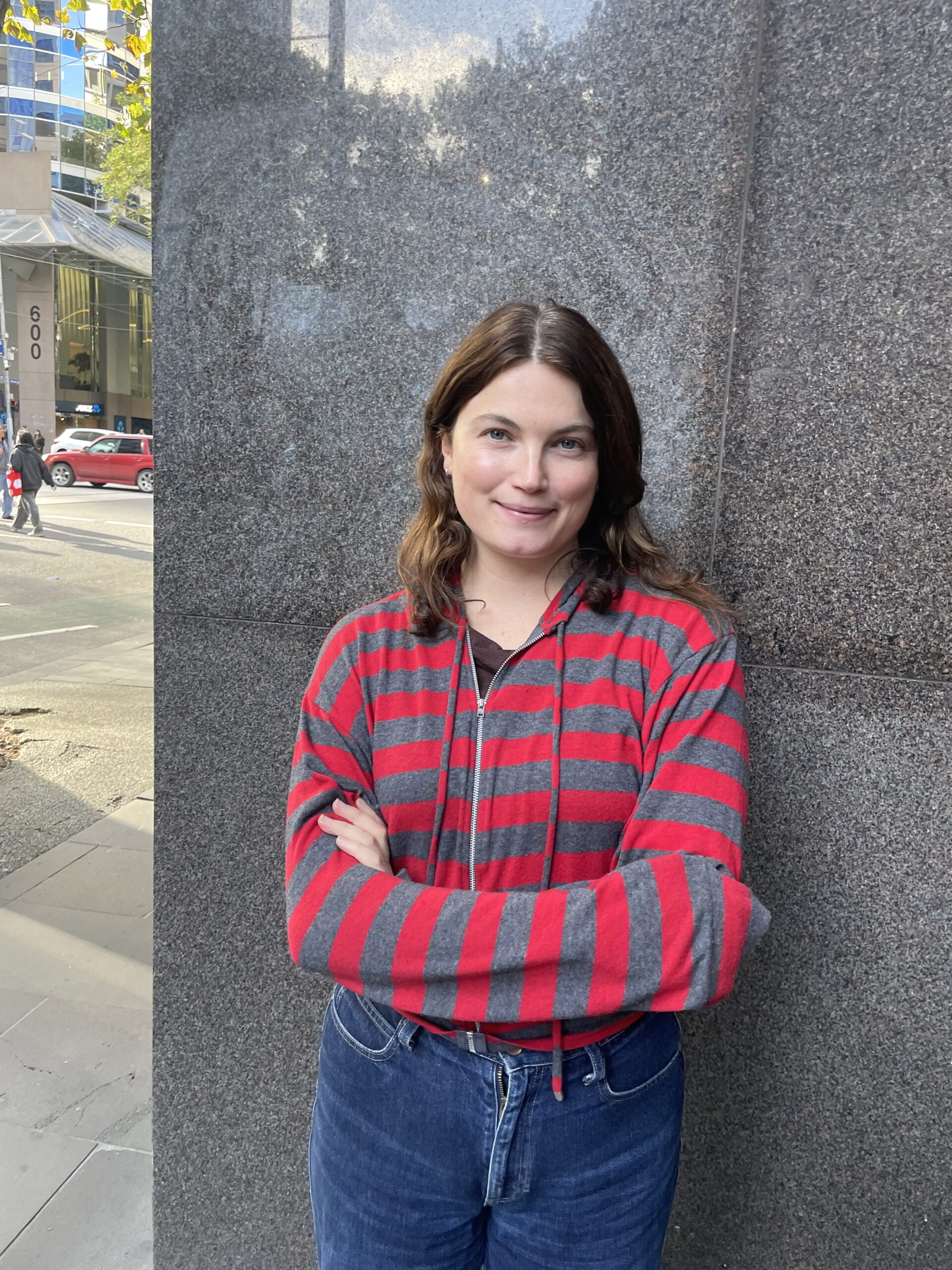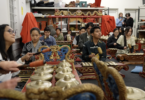Students studying journalism at the country’s top institutions might be wondering if their expensive degrees are pointless as Melbourne University this month launched its free online course for citizen journalism.
The eight-week course, entitled Journalism Skills for Engaged Citizens, is an initiative from Melbourne University’s Centre for Advancing Journalism and has attracted more than 10,000 students from 164 counties.
The course is designed to give citizen journalists some of the skills journalists usually receive during traditional three-year, fee-paying courses that often require high ATAR scores.
The CAJ’s course will be taught by its director, Dr Margaret Simons, and by senior lecturer Dr Denis Muller.
“I think some people in the industry are resistant to the idea of citizen journalism, but that’s increasingly becoming an outdated attitude,” Dr Simons said. “The lines between the professional outlets and the other content-makers in the world are already blurring. This is certain to continue and you can resist the tide or you can embrace the change, and we’re choosing the latter.”
The course will cover basic newswriting, interviewing skills, investigation, media law and accessing public documents, with assessments being peer reviewed by five other students based on a rubric created by tutors.
While the course has been widely praised by professionals in the industry, there are those who believe it will not give students the same benefits as the traditional tertiary courses.
Journalism Education and Research Association of Australia’s co-secretary Colleen Murrell was impressed by the course syllabus but said it will be inferior to longer degrees.
“I see courses like this as being helpful resources people can use … but I don’t think they stand instead of years of the practice and training of a professional journalist,” she said.
“I don’t think the industry would see a course like this as equivalent to doing a traditional journalism degree. It is what it is. It’s an eight-week course, albeit with good resources, but it’s not going to stand in place of a proper university degree.”
Only 4 per cent of the course’s enrolments are from Australia, with 34 per cent from North America, 31 per cent from Europe and 22 per cent from Asia. Students from countries including Libya, Monaco, Rwanda and Uzbekistan have enrolled.
Dr Simons said the course is limited in what it can teach due to its length, but added the multicultural aspect is something students would never experience in a traditional classroom scenario.
“One of the benefits of this course is the discussion forums and the social media presence,” she said. “It’s fascinating to watch these students discuss how they’re practicing journalism in their home country. This sort of interaction you would never get in a course that was exclusively face-to-face.”







[…] Mills comments that although the course has received praise from professionals, others say that those in industry won’t see it as a replacement for full tertiary […]